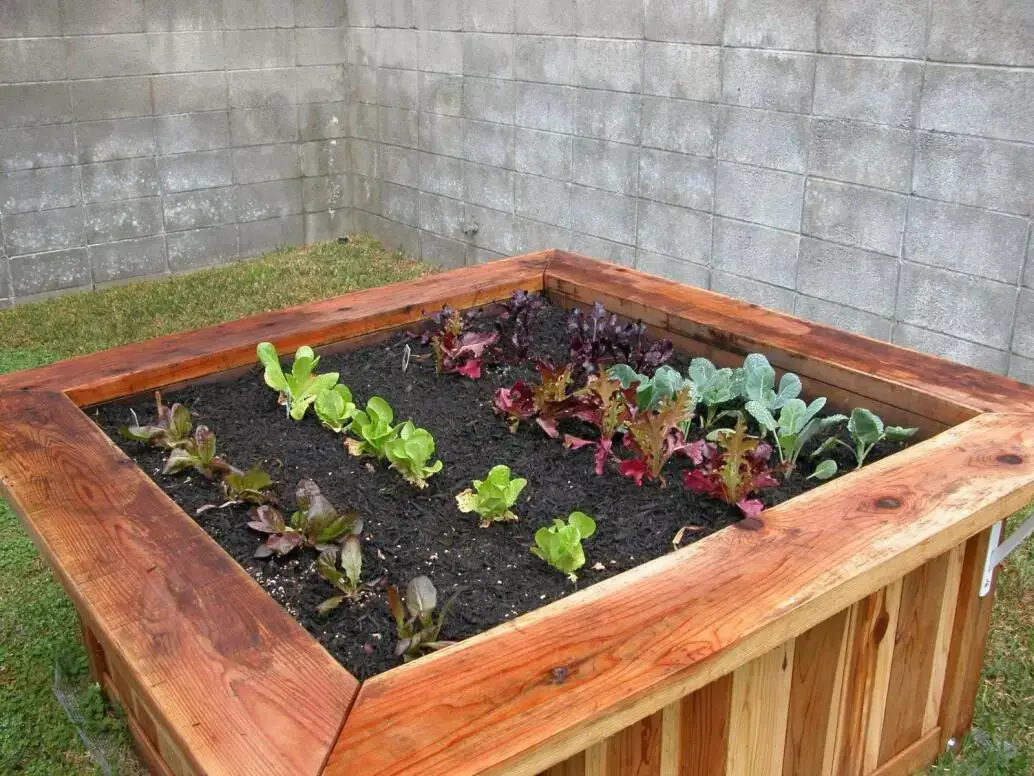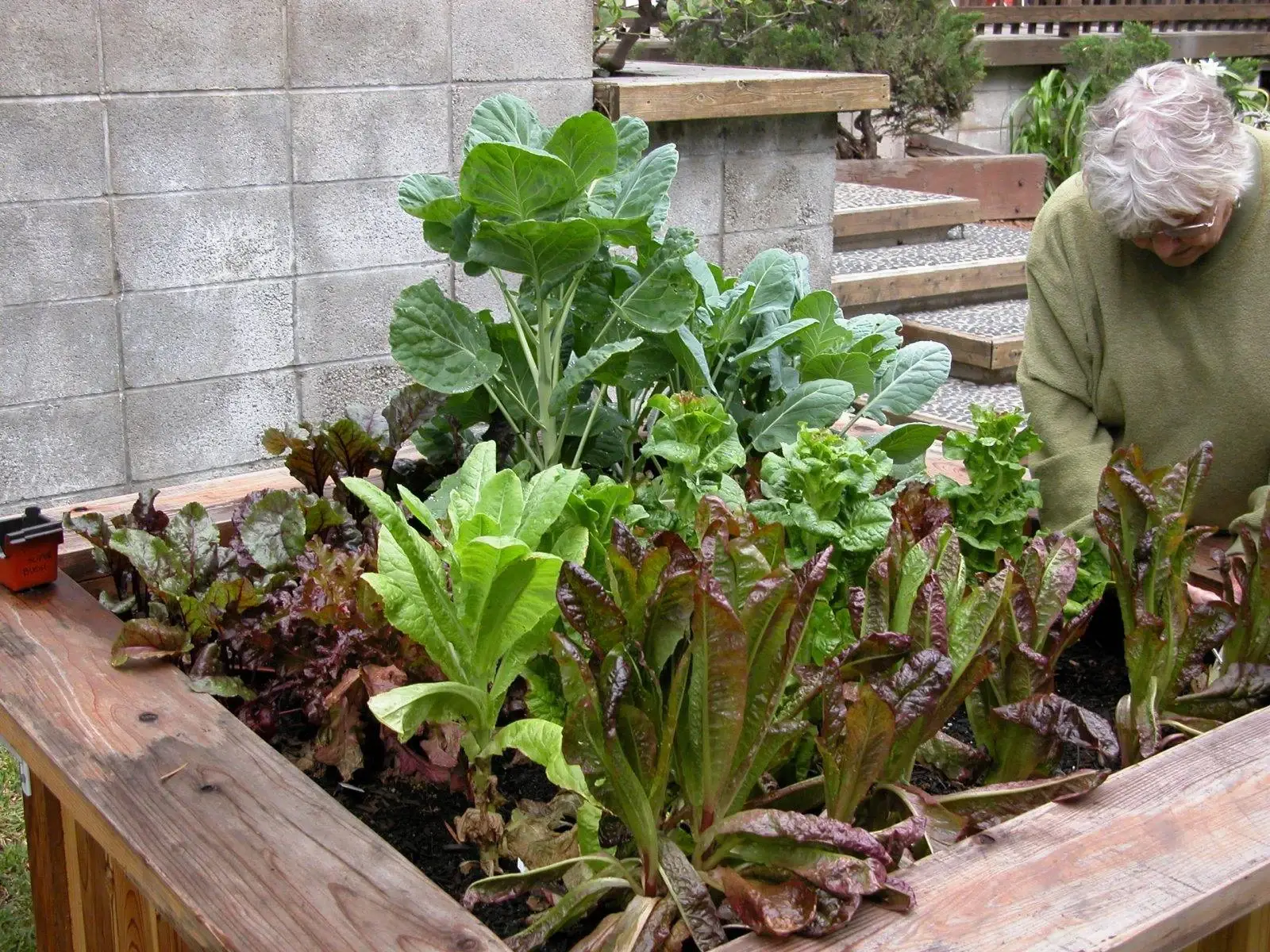Raised Bed Garden
There will come a time when it becomes physically challenging for you to garden in the dirt and need a raised bed garden. Those of you who think a 6″ to 12″ raised-bed works are only fooling themselves. If you are using a soil-based raised bed, all you have managed to do is create a small hill(s) on your property. (Check out Best Organic Medium for Vegetable Gardens.) You are still bending over or on your knees to work your garden.
To avoid many of the physical issues, you may face or face (i.e., bad back or knees) with surface or low raised beds, build them higher. I recommend that a raised bed should be shorter than the height of a desk (30″). I generally make beds for my clients between 24″ to 30″ to ensure that a person can stand comfortably to plant and harvest their beds. The benefits of this height will become very evident when you harvest your garden. Tomatoes, beams. Snap peas, squash, carrots, eggplants, etc., are easy to reach when they are waist-high.
Some of the upsides to a higher raised bed are: Weed seeds move close to the ground, and the higher you go, the less prevalent their plant seeds are. Plants take off when the growing medium reaches 70 degrees. Take your garden’s temperature and the temperature of the surrounding soil. If they are close to the same, you are not getting much benefit from your raised bed. Higher raised-beds warm-up sooner than those at or near ground level. Using the alfalfa, straw, and compost system generate heat, warming the garden sooner and longer in the fall, extending your growing season.
Take a moment and check out the rest of the story about Raised Bed Frames and Best Organic Medium for Vegetable Gardens.
Below is a Raised Bed planted over seven weeks
It is hard to dispute this form of raised bed garden’s effectiveness after you saw the photos below. The last picture demonstrates the ease of planting and harvesting your garden at this elevation.




